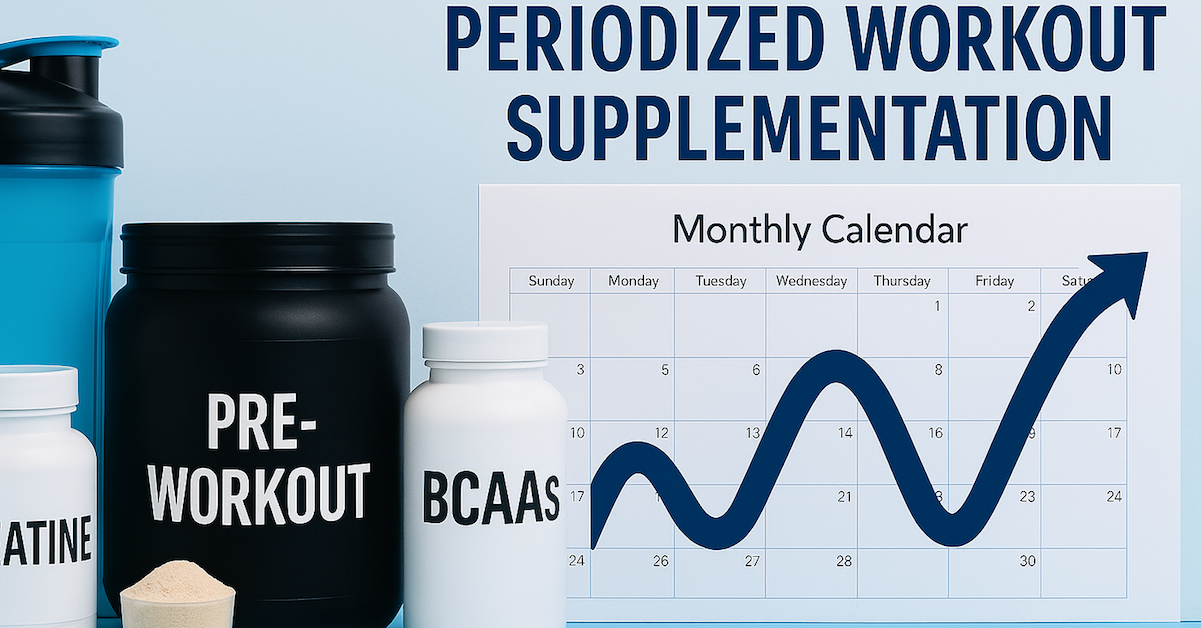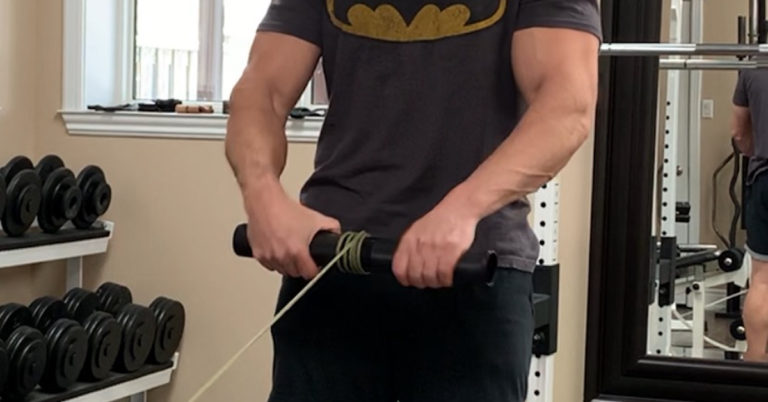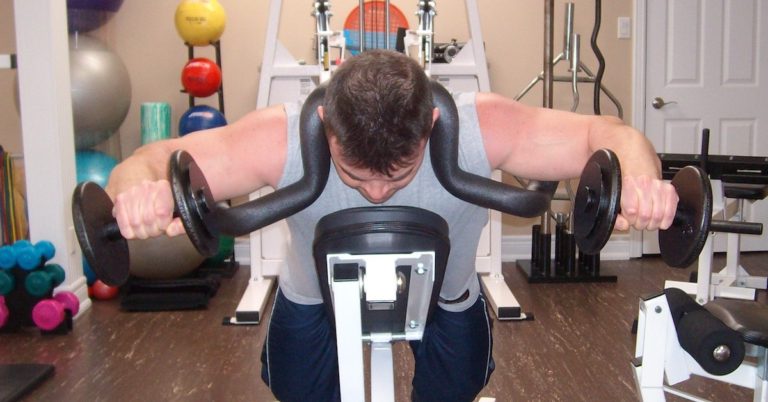Research shows that undulatory, or wave-like, periodization is highly effective. Alternating between periods of higher intensity (intensive phases) and periods of higher volume (extensive phases) can yield excellent training results. Of course, your nutrition should also reflect these fluctuations—fewer carbs are required during intensive phases, while more carbs are beneficial during extensive phases. That’s great,…
The low-pulley wrist roller is a great exercise for developing the forearm extensors and flexors. Just make sure to have a fire extinguisher nearby! Here’s where the wrist roller fits into our periodization plan alongside other forearm exercises: WRIST CURLS1. Seated Dumbbell2. Seated Barbell3. Incline Dumbbell4. Wrist Roller High Platform5. Ulnar Flexion6. Seated Cable7. Decline…
You’re only as strong as your weakest link. By now, you must be sick of hearing that phrase! We all know the big prime movers are at the mercy of the small stabilizer muscles. Sure, prioritize the compound, multi-joint movements like squats, deadlifts, presses, chin-ups, and rows that typically make up the “A” series of…
Correcting muscle imbalances should be a primary goal when designing strength training programs. For most individuals, a significant discrepancy exists between the shoulder internal and external rotators. Simply put, we do far too much internal rotation in daily activities—and especially during exercise—and not nearly enough external rotation. You should address that in your programs. Think…
Everyone trains their upper and lower back, glutes, hamstrings, and calves—but neck training often gets neglected. That’s a mistake! Remember: a chain is only as strong as its weakest link, and your posterior chain is no exception. Eccentric Method A strong neck is important, and one of the best ways to build it is through…
In the presentation below, I introduce a fresh approach to structuring strength training programs: The Alternating Conjugate Periodization Model. This method optimizes strength development by strategically alternating training variables to prevent plateaus and maximize progress. I think you’ll find it interesting—take a look. For a deeper dive into periodization strategies, check out page 101 of…
If you’ve been in the muscle-building game for a while, you know that you can’t stay on one routine forever. No matter how well a program works initially, eventually, gains will plateau. When that happens, a change is necessary. However, selecting a random routine from your favorite training website won’t cut it—random workouts lead to…
The famous adage “If you fail to plan, you plan to fail!” applies to strength training as it does to just about any other endeavor. Arriving at the gym with no plan will lead to haphazard results. Tudor Bompa, considered by many as the father of periodization, puts it this way: “In training, nothing happens…
Should athletes train strength and power on the same day or alternate days? The best approach depends on the goal. A study published in the Journal of Strength and Conditioning Research found that alternating strength and power training on separate days led to greater improvements in lower-limb and whole-body power, while training them on the…
I’ve taken an undulatory loading model and combined it with a conjugate approach to create a 4-month plan that targets maximum strength, power, hypertrophy, and muscular endurance. If you’re interested in the science behind this system, check out my article Periodization for Athletes. The setup is simple: you’ll follow a split routine where the upper…









